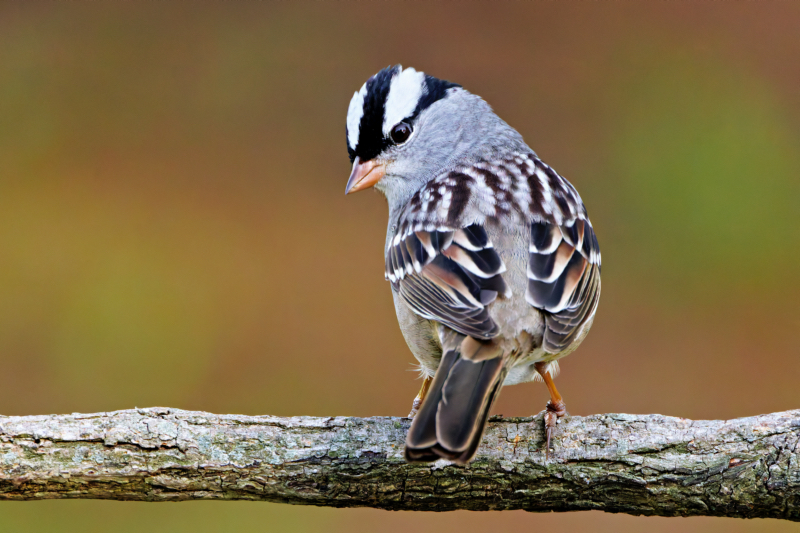On April 24th, a delightful sight graced my feeders here in Arkansas – White-crowned Sparrows! These little charmers have been flitting around and enjoying my offerings ever since, and I couldn’t resist capturing their beauty with a few photos.

Intrigued by their arrival, I decided to delve a bit deeper and learn more about these feathered visitors. Interestingly, it turns out White-crowned Sparrows are migratory birds, gracing Arkansas with their presence only during the winter months, from November to May. So, enjoy them while they’re here!

Here are some fascinating facts I discovered about these little globetrotters:
- Loyal Winter Residents: White-crowned Sparrows develop a fondness for their winter territories, often returning to the same spots year after year. Maybe they recognize my feeders?
- Bilingual Songbirds: Male White-crowned Sparrows are like avian language whizzes! They can learn and use two distinct song dialects – one from their home turf and another from a neighboring area. Quite the accomplished vocalists!
- Marathon Migrators: These tiny birds are capable of epic journeys. Imagine traveling over 2,600 miles, from Alaska all the way to California! During spring migration, they typically cover around 70 miles each day – impressive for such a small creature.
- Fueling for Flight: Winter nights take a toll. A White-crowned Sparrow’s body stores about 3 grams of fat, but half of that gets used up overnight! They need to find food every day to replenish their reserves.
- Lovebirds for Life: White-crowned Sparrows are monogamous, meaning they find a mate and stick with them for life. Talk about avian commitment!
Nest Builders: These sparrows keep things low-key when it comes to nesting. They build cup-shaped nests either on the ground beneath shrubs or nestled low in bushes.

I hope you enjoyed these fun facts about White-crowned Sparrows! If you’re lucky enough to have these feathered friends visiting your yard, cherish their presence. They might be gone come summer, but they’ll likely be back next winter to brighten your days (and feeders) once again.
Happy birding!
